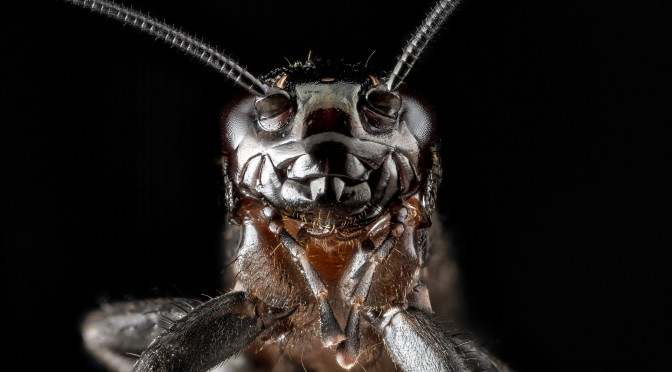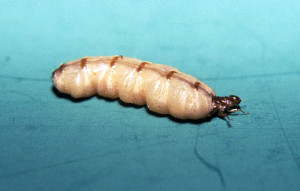An insect is scientifically described as a member of the class Insecta. So how many different species of insects are there? There is currently no precise number of known species. However, scientists have verified that there are over 1,000,000 different species of insects. Interestingly, there are some experts that believe the number is likely much higher. They believe there could be around 30 million more insect species we still have yet to discover.
Insects make up about 80% of all species in the world. So what are the numbers for their entire population? According to ESA member Dr. E.O. Wilson from Harvard University, there are approximately 10,000,000,000,000,000,000 (10 quintillion) insects living on our planet. This number makes the human population of over 7 billion look extremely small.
Of course, most of us find insects disgusting and a nuisance. However, some find them to be entirely fascinating. Yes, they are ugly and unpleasant to look at, but some have a weird anatomy with functions that are absolutely amazing. Here are 5 unbelievably weird insects.
1. Crickets Have The Largest Testicles Of Any Species On Earth
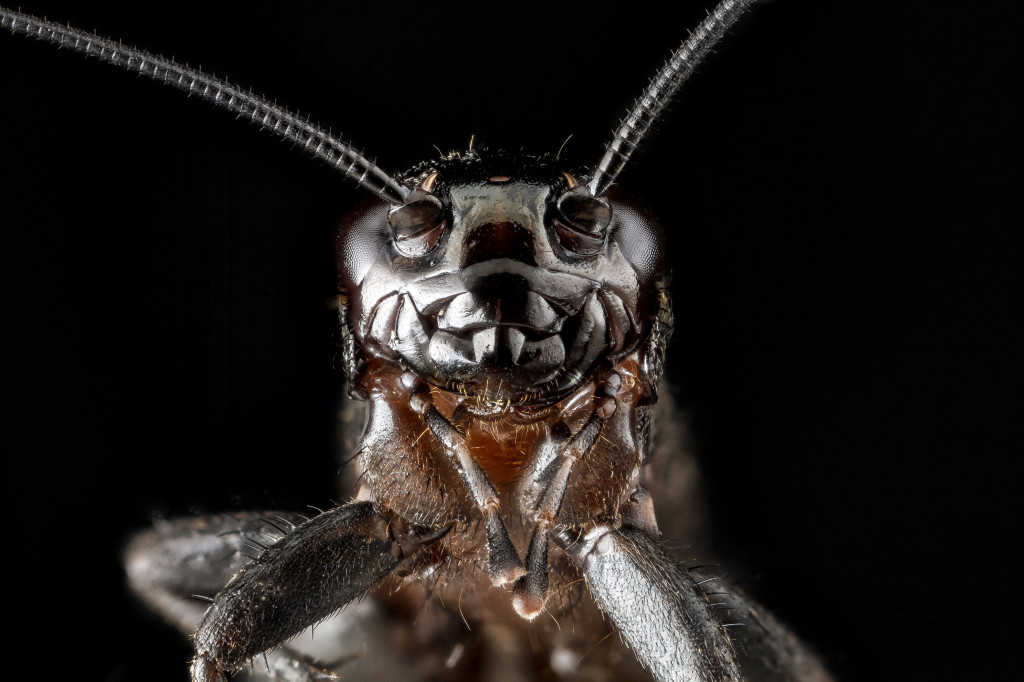
“Cricket, face 2012” by Jacopo Werther is licensed under CC BY 2.0/Image Source
Although the average size of a cricket is only about half the size of a human finger, it is the species with the biggest testicles (in relation to body weight) in the world. The male Tuberous Bushcricket (or Platycleis affnis) has testicles that are 14 percent of its body mass. Previously, the fruit fly held the largest testicle record with a percentage of 10.6 percent of its body mass.
Just compare this massive size with an average American man with a height of 5 feet 9 inches and a weight of 190 pounds. If they had testes that were 14% of their body mass, that would be the equivalent of them having 26.6 pound testicles. Talk about carrying some extra unwanted body weight.
So what is the evolutionary benefit of their massive cojones? Although one might think the massive size automatically means larger amounts of sperm are produced, this is actually not the case. Studies have shown that the size may provide a benefit that can help allow males to mate continuously without their sperm reserves being exhausted. Also, the size is said to allow males to be able to transfer small ejaculate amounts to a greater number of females.
2. Flies Taste With Their Feet
You probably have observed those pesky house flies wondering around while constantly moving their feet around. This is because a flies have their taste buds on their feet. They will actually eat with their feet to allow them to move quickly from place to place.
When they stop and start moving their legs, they are sampling as they go while simultaneously avoiding being smacked by a fly swatter. The ability of this weird insect to quickly land, sample taste potential food and quickly escape is what has helped their species thrive on all seven continents for many of years.
Interesting Fact About Fruit Flies: Some flies are known for being greedy when it comes to mating. If a male is in the middle of matting and sees a male nearby, they will double the time of their matting session.
3. Wasps Are Capable Of Detecting Virtually Any Odor
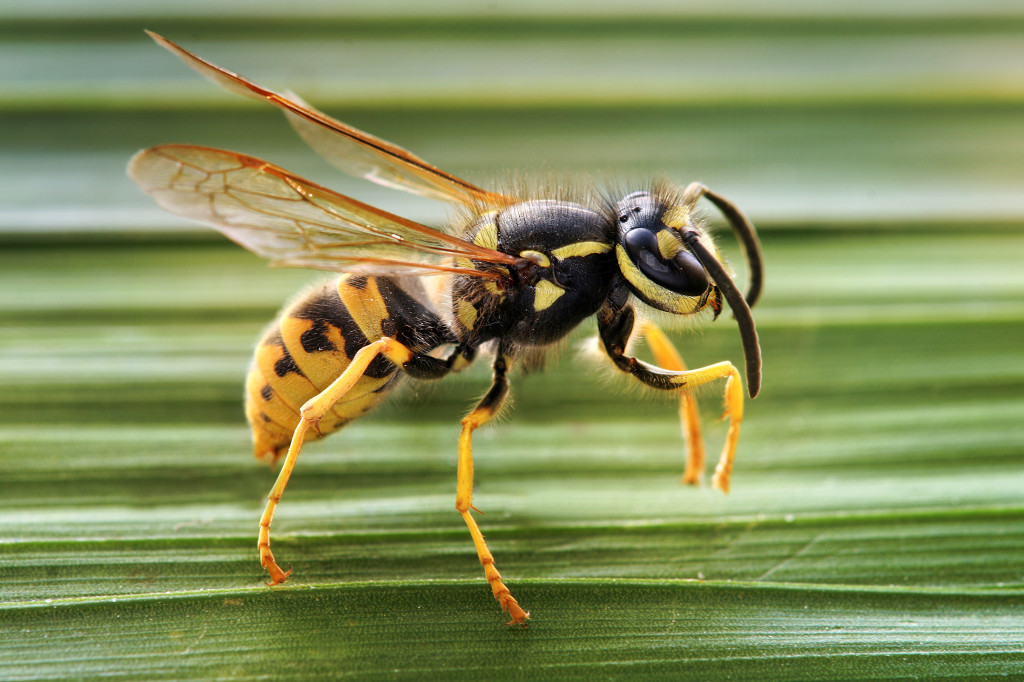
“Vespula germanica Horizontal View” by Richard Bartz/Makro Freak is licensed under CC BY-SA 2.5
Wasps can be trained to detect bombs, plant diseases, illegal drugs, cancer, buried bodies and even bedbugs. According to a joint study by researches at the University of Georgia and U.S. Department of Agriculture, wasps may be used in replace of dogs for detecting many different types of odors. The may even be used to detect the odor of dead bodies from murders and natural disasters. This would also be more cost effective than using dogs.
Training a dog to detect these smells can take up to 6 months with the cost of thousands of dollars per dog. A wasp may take only five minutes to train for a lot less money.
4. Termite Queens Have The Highest Life Expectancy Of Insects
A termite queen has the longest life expectancy of insects of 45 years. Some scientists believe they may even live decades longer. This makes termite queens the longest-living insects on Earth. Their longevity may be part of the reason for the success of their species. After all, they have been roaming our Earth for millions of years. They even lived during the time dinosaurs were ruling the planet.
Another Weird Termite Queen Fact: In some species of termites, the queens are able to produce 20,000 to 30,000 eggs every day.
5. The Epomis Beetle Is A Nightmare For Frogs, Toads And Newts
Many frogs prefer to feed themselves a tasty beetle snack. Yet, for another species of beetle, the situation is reversed. Despite its smaller size, the Epomis ground beetle will paralyze victims with an incision to their backs. If you are a frog, toad or newt, you may want to stay clear away from these this weird insect of beetle species. They complete their meals by devouring their victims from the legs up. The large meal can take several hours to completely finish. In this particular situation, size does not matter.
A Mysterious And Very Weird Non-Insect
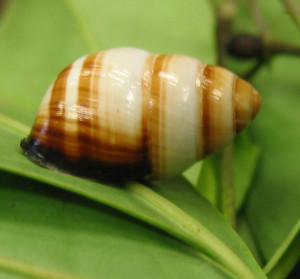
“Achatinella bulimoides” by Army Environmental Update is licensed under CC BY 2.0
A snail species can survive even after they are eaten. Although snails are not considered insects (they are classified as molluscs), this is a phenomenon we must share. Researchers had studied the feces of wild Japanese white-eye birds. Their study concluded that after feeding over 100 snails (Tornatellides boeningi) to captive white-eye birds and 55 to captive brown-eared bulbuls, 15 percent were alive and intact. Even more interesting, one snail was pregnant and was able to give birth shortly after emerging from its unfriendly journey of a bird’s digestive process.
So how does this phenomenon work? How is it possible to be eaten, digested and then pooped out while still remaining intact? At this time, the exact answer still remains a scientific mystery. However, scientists speculate that their small size may be a big factor for their survival. They claim the small size may prevent their shells from cracking, but what about surviving from the whole digestive process? A big reason may be due to their ability to seal the opening of their shells with a mucus film called epiphragm (a calcified or membranous septum). Scientists claim this is a significant factor because the closing of their small shell opening and epiphragm can prevent the inflow of the bird’s digestive fluids.
Another Weird Fact About Snails: Snails can sleep for 3 years.
When the weather is a little too hot or too cold for a them, they can simply spend a few years in hibernation until the climate is more fitting.
A Interesting And Possibly Surprising Fact About Bugs And Insects
Did you know all bugs are insects, but not all insects are bugs? You may think bugs and insects are the same thing, but they are not. There are actually differences between the two. Does this fact surprise you?
Obviously, our world is populated with strange insects capable of incredible functions. There are plenty more out there that have yet to be discovered. Are you aware of any other type of insects with a weird function or anatomy? Leave us a comment and let us know about it.

